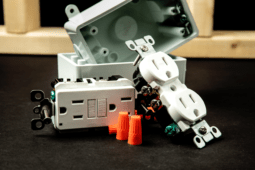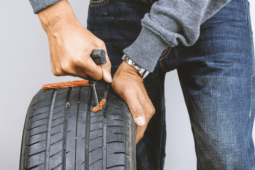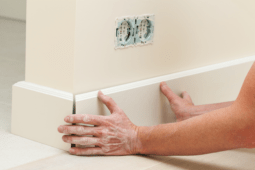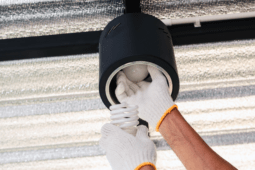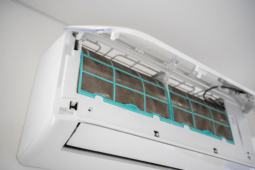Simple Methods for How to Tell if Wood is Pressure Treated
If you’re diving into a DIY woodworking project, it’s crucial to know whether your wood is pressure-treated. Pressure-treated wood has undergone a process where preservatives are forced into the wood fibers to help it resist rot, decay, and insect damage. This makes it ideal for outdoor projects like decks, fences, and garden beds. However, using pressure-treated wood for indoor projects is not recommended due to the chemicals used. In this guide, we’ll explore how to tell if wood is pressure treated and offer tips on how to identify it for your next project.
Understanding the Importance of Identifying Pressure-Treated Wood
Recognizing pressure-treated wood can save you a lot of headaches. The primary reason to identify it is safety. The chemicals used in pressure treatment can be harmful if used inappropriately. Additionally, knowing if the wood is pressure-treated ensures you use the right materials for the right project, providing longevity and durability to your outdoor constructions.
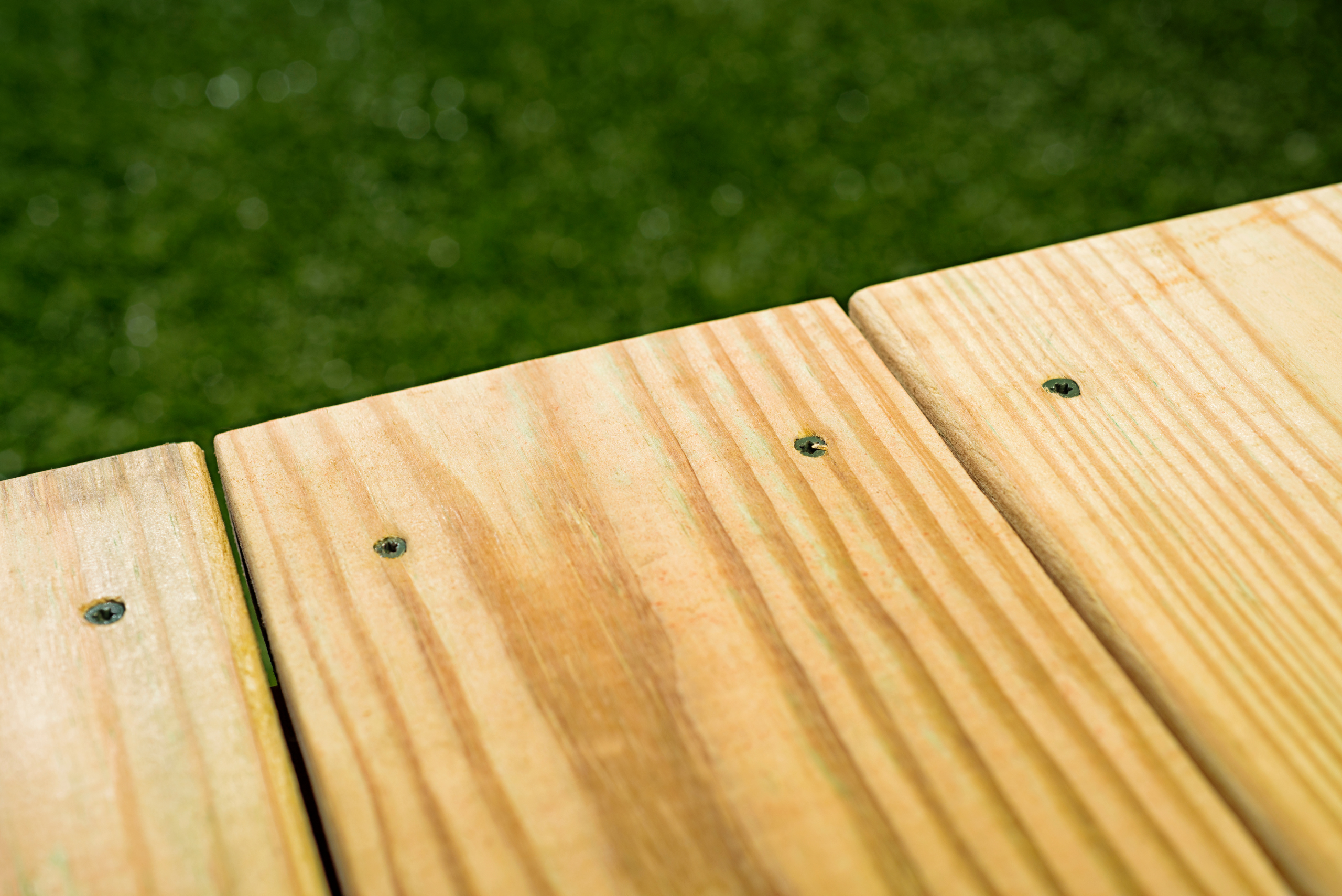
Using the wrong type of wood can lead to project failures and increased costs over time. Untreated wood used outdoors can rot quickly, leading to structural instability and the need for frequent repairs or replacements. By learning how to identify pressure-treated wood, you can avoid these pitfalls and enjoy the fruits of your labor for years to come.
Visual Cues to Help You Identify Pressure-Treated Wood
The first step in identifying pressure-treated wood is by using your eyes. Pressure-treated wood often has a greenish tint, especially when new. This color comes from the copper compounds used in the treatment process. Over time, the green may fade, making it harder to spot, but fresh cuts will still show a green hue.
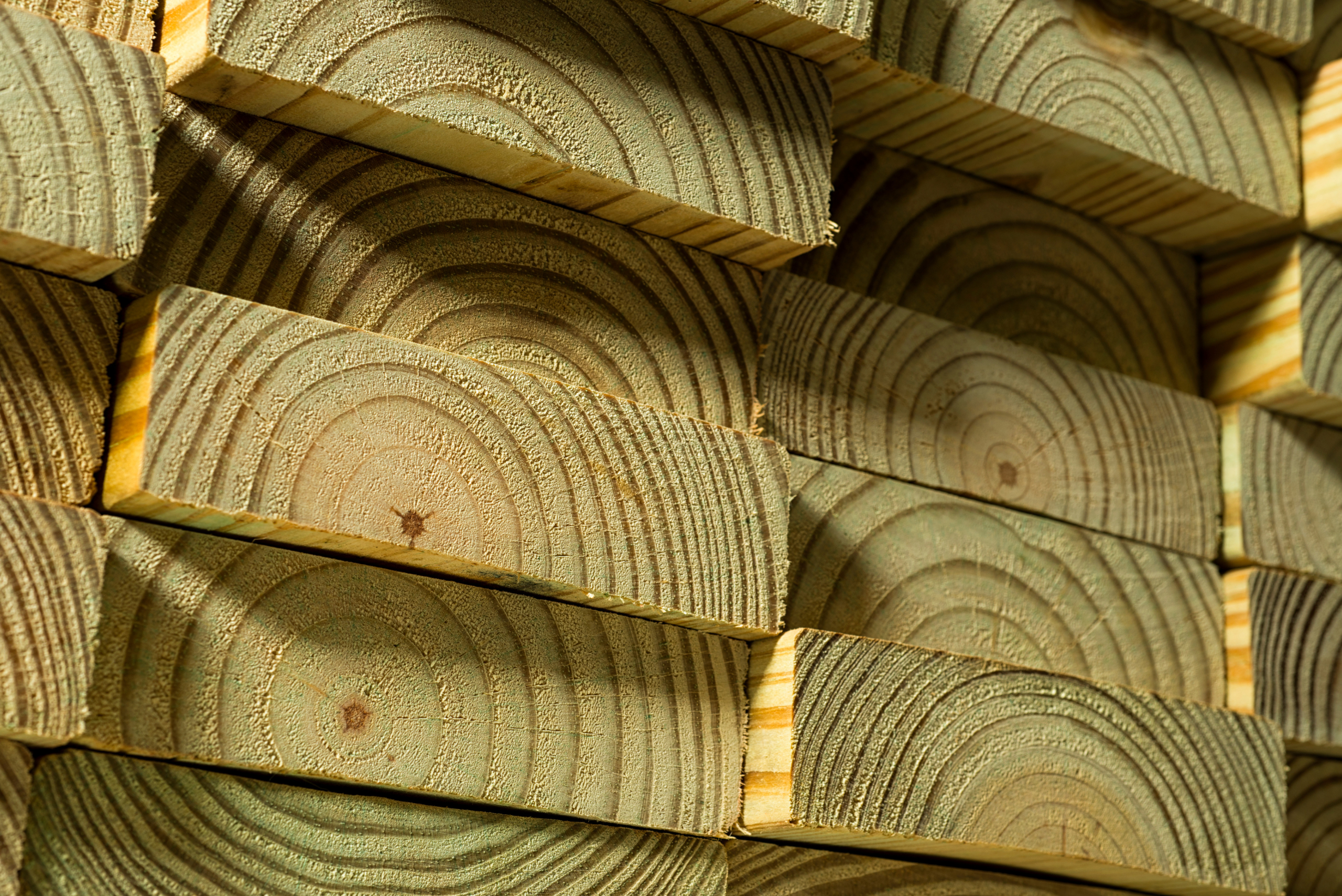
Another visual clue is looking for tiny incisions or slits on the wood’s surface. These marks are made during the pressure treatment process to help the chemicals penetrate deeply into the wood fibers. If you see these small punctures, the wood has likely been pressure-treated. Additionally, pressure-treated wood might have a rougher texture compared to untreated wood, which can be another visual indicator.

Feeling the Wood to Determine if It Has Been Pressure Treated
Touch can also be a useful sense in identifying pressure-treated wood. Pressure-treated wood often feels heavier than untreated wood due to the added chemicals. If you have a piece you suspect is treated, try comparing its weight to a similar-sized piece of untreated wood.
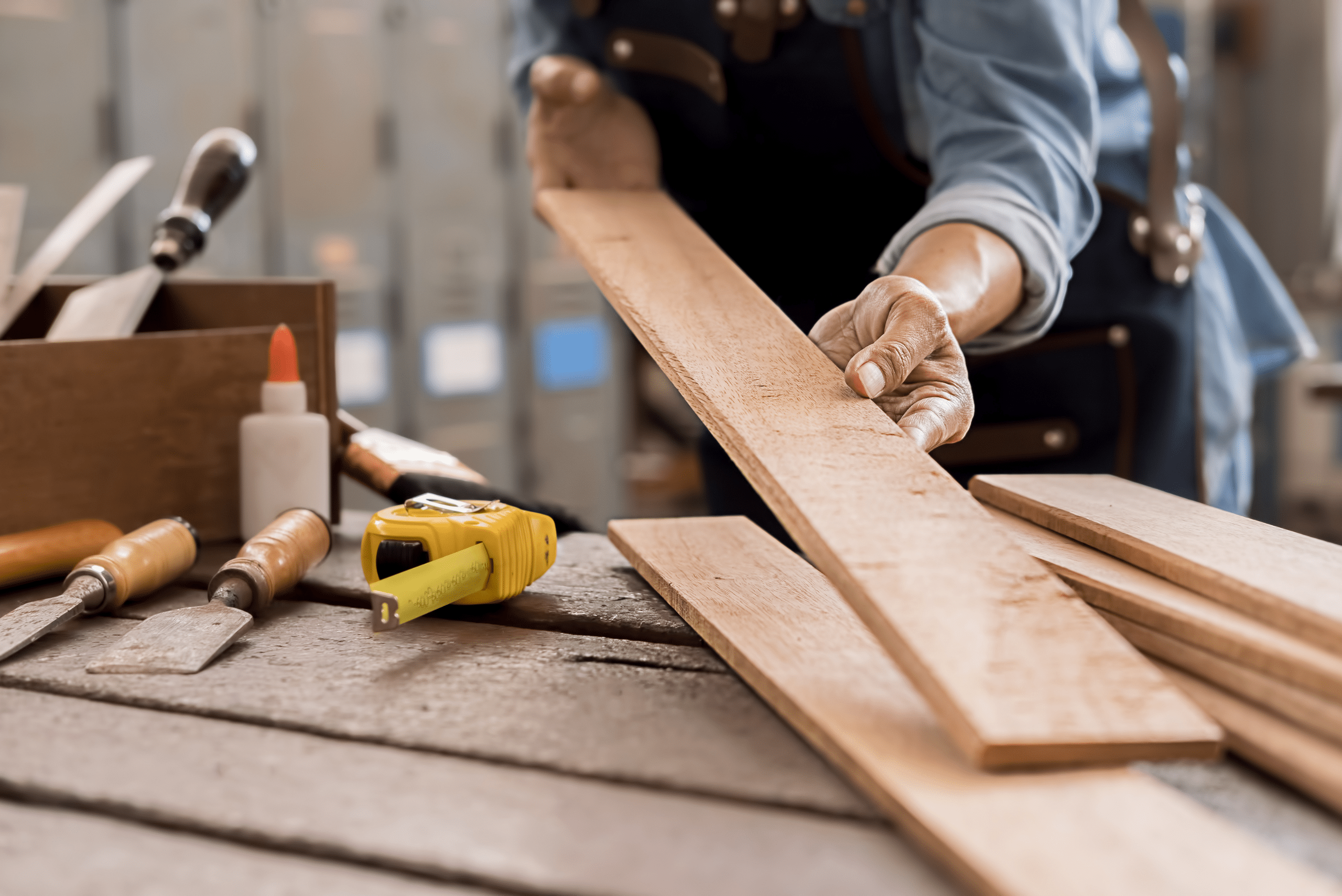
Additionally, the texture might feel different. Pressure-treated wood can feel slightly oily or damp. This moisture is from the preservatives and can often be detected by touch. Be sure to wash your hands after handling it to avoid prolonged contact with the chemicals. If the wood feels unusually dense or heavy, it’s another sign that it may have been through the pressure treatment process.
Smelling the Wood to Recognize Pressure Treatment
Believe it or not, your nose can also help in determining if wood is pressure treated. Treated wood usually has a distinct chemical odor, especially when freshly cut. This smell is due to the preservatives used during the treatment process.
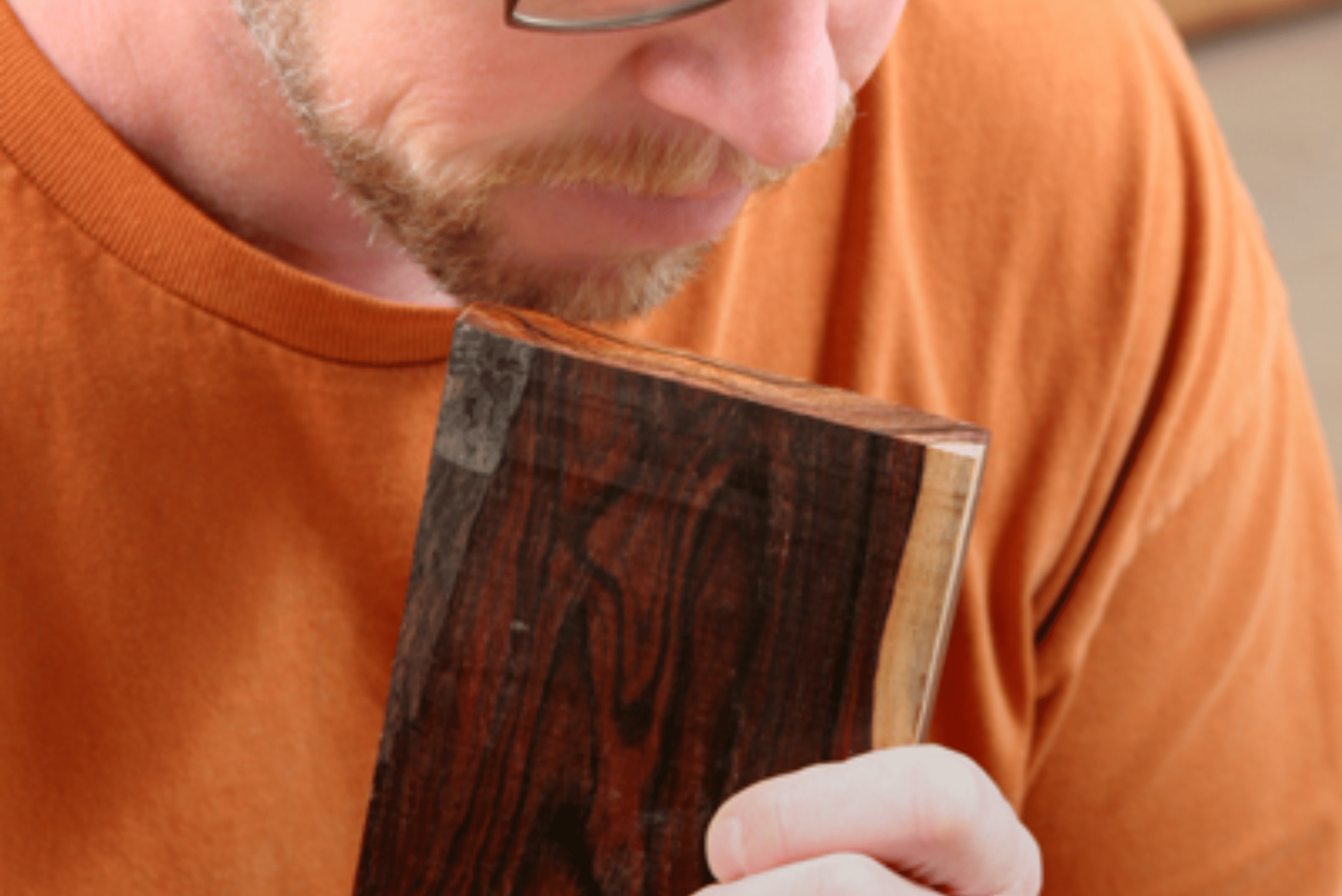
While the smell can diminish over time, freshly treated wood will still have a noticeable scent. If you’re unsure, try making a fresh cut and taking a sniff. If you detect a chemical smell, it’s likely pressure-treated. This method can be particularly useful if you’re working with reclaimed wood and need to determine its suitability for your project.
Checking for Stamps and Labels as Indicators of Pressure Treatment
One of the most straightforward ways to tell if wood is pressure-treated is to look for stamps or labels. Most pressure-treated wood comes with an end tag or stamp indicating it’s been treated. These labels often include information about the type of preservative used and the level of treatment.
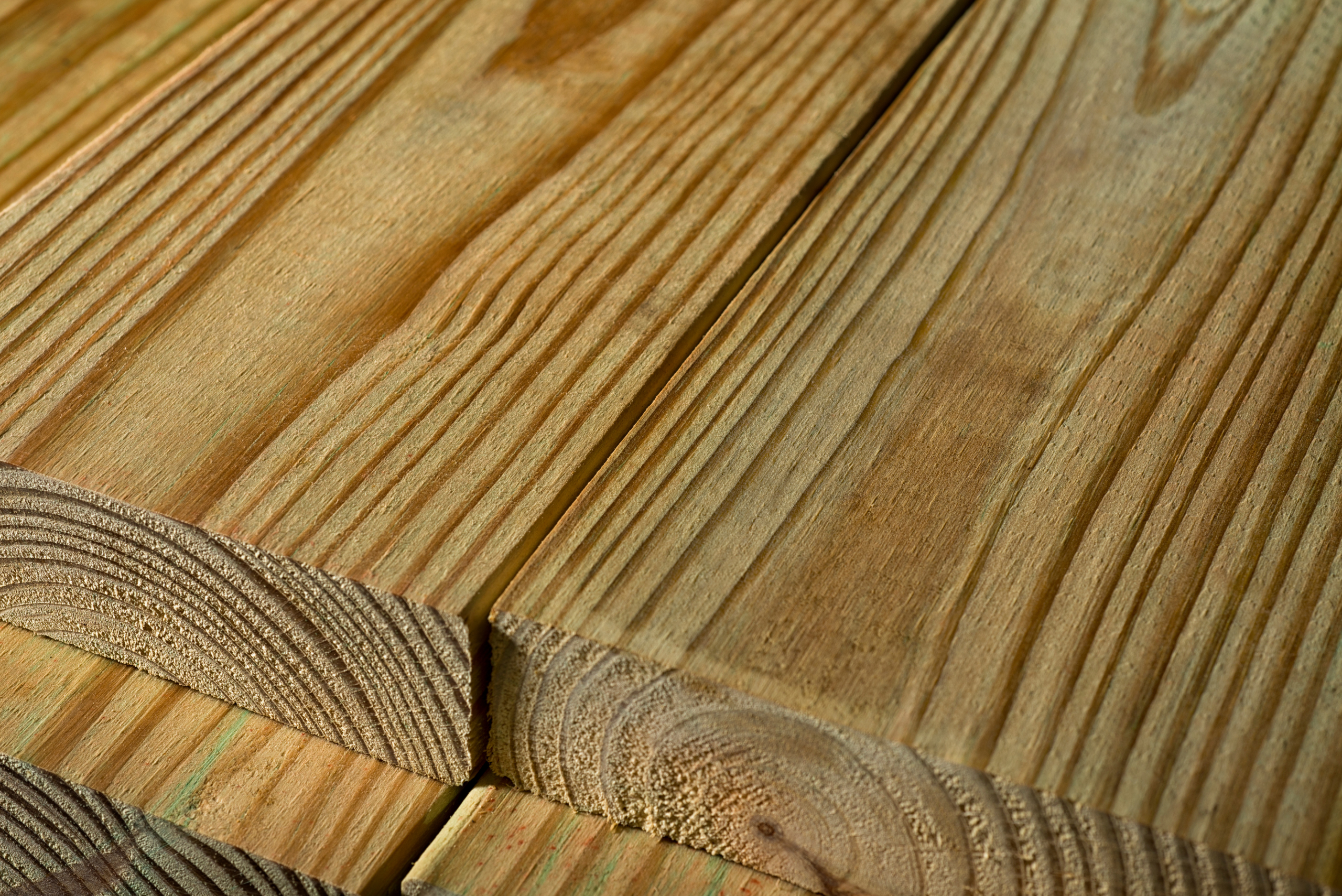
The stamp may also indicate the wood’s intended use, such as ground contact or above-ground. If you see these markings, you can be confident the wood has been pressure-treated. Keep an eye out for abbreviations like “PT” or “GC” (ground contact) as additional indicators of pressure treatment.
Using a Moisture Meter to Test for Pressure Treatment
A moisture meter can be another handy tool for identifying pressure-treated wood. Due to the preservatives used, pressure-treated wood tends to have a higher moisture content than untreated wood. A moisture meter measures the moisture level in the wood.
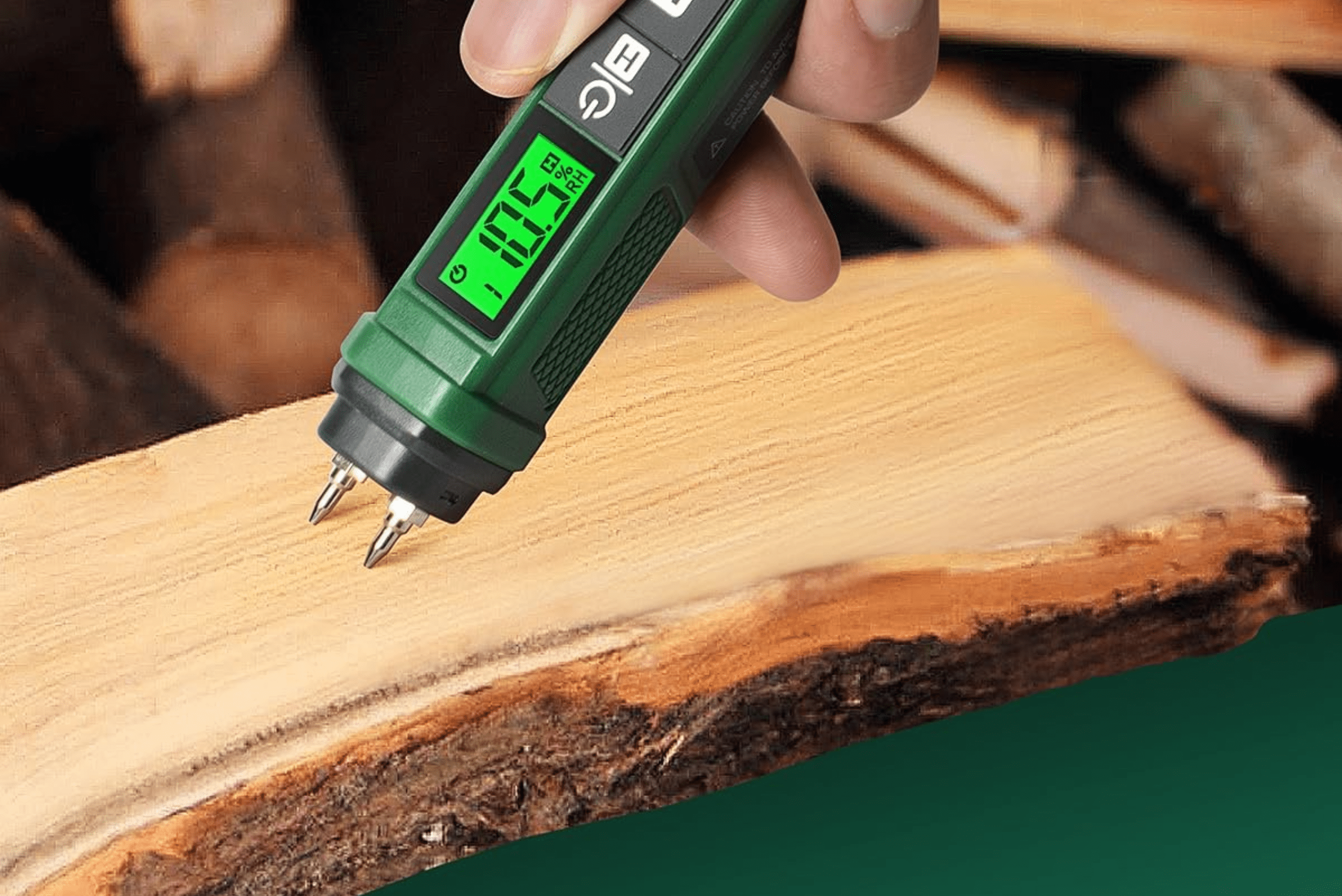
If the reading is significantly higher than that of untreated wood, it’s likely pressure-treated. This method, combined with other identification techniques, can give you a solid confirmation. Moisture meters are relatively affordable and can be a valuable addition to your DIY toolkit, especially if you frequently work with different types of wood.
Inquiring at Your Local Lumber Yard for Information on Pressure-Treated Wood
If you’re still unsure whether your wood is pressure-treated, don’t hesitate to ask for help. Local lumber yards and hardware stores usually have knowledgeable staff who can provide information about the wood they sell. They can tell you whether the wood has been pressure-treated and what type of treatment it has undergone.
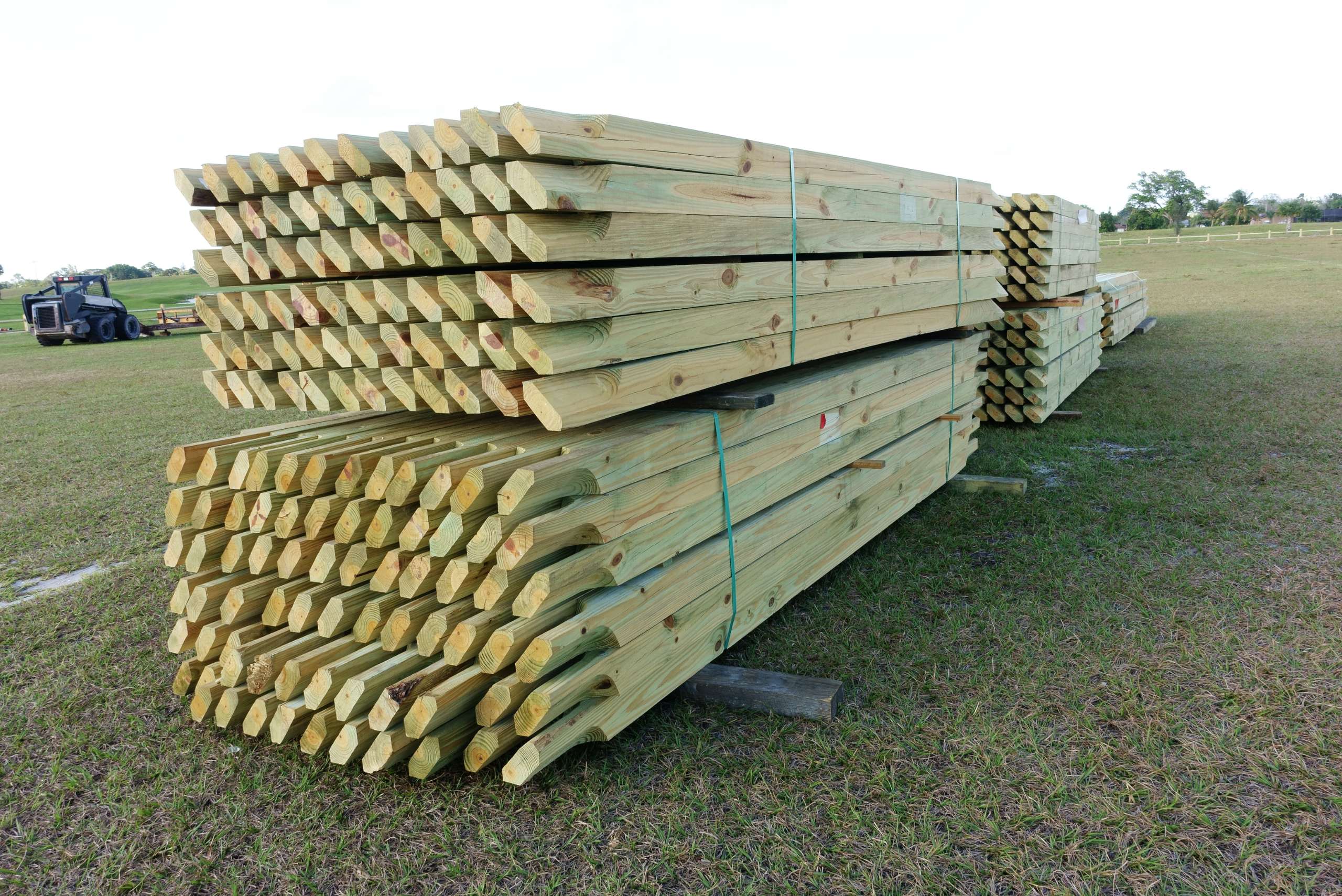
Moreover, they can offer advice on the best wood for your specific project, ensuring you have the right materials for the job. Building a relationship with your local supplier can be invaluable for future projects. They can also provide insights into new wood treatment technologies and eco-friendly options that may be available.
Related Articles
- Plywood vs. Particleboard: Understanding Their Uses and Differences
- Understanding Wood Movement – Expansion and Contraction
- Plain Sawn vs Quarter Sawn vs Rift Sawn Wood – Differences and Benefits
By using the identification methods outlined in this guide, you can confidently select the right wood for your next DIY project. Happy building! Remember, the more informed you are about the materials you use, the better your projects will turn out, ensuring they stand the test of time and weather.
Ready to start your next project? Join our DIY community to receive tool tips, how-to guides, and exclusive creative insights. Subscribe to the ManMadeDIY newsletter now! Click here to unlock a world of hands-on inspiration.




